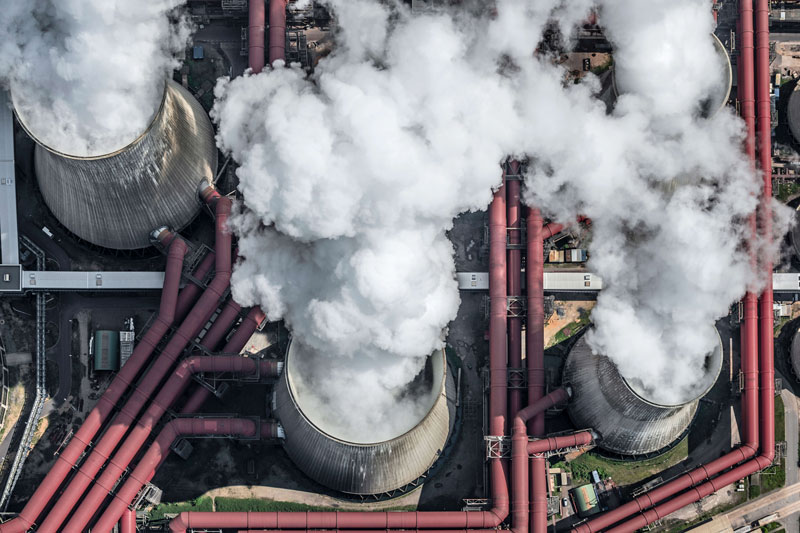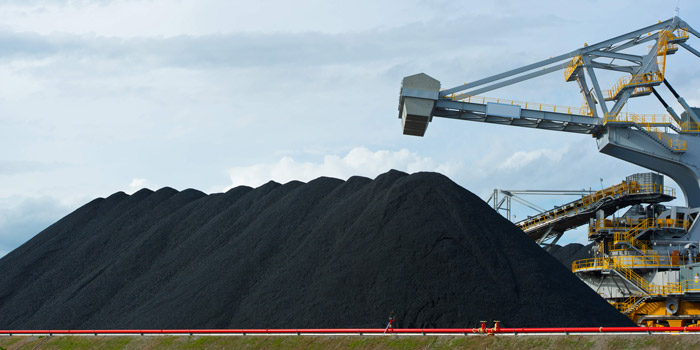Key points
- The greenhouse effect traps the Sun’s energy at the Earth’s surface. It is essential for life on Earth.
- The enhanced greenhouse effect is where extra greenhouse gases in our atmosphere trap too much of the Sun’s energy. This causes a warming effect, which some people call global warming.
- Measurements and models show clearly that the warming is mostly being caused by greenhouse gases produced by humans.
- The warming is changing our climate. It is changing our weather patterns, causing sea level rise and ocean acidification. These combined effects are called climate change.
The greenhouse effect
The greenhouse effect is a natural process that warms the Earth’s surface and makes life on Earth possible.
Greenhouse gases are types of gases which change how much heat is absorbed by Earth’s atmosphere. Greenhouse gases in our atmosphere act like the glass in a greenhouse, letting light through but stopping heat from escaping. Energy from the Sun reaching Earth's atmosphere passes through the air and clouds to the surface, where it is absorbed and then radiated upward in the form of infrared heat. About 90% of this heat is then absorbed by the greenhouse gases and radiated back toward the surface.
This natural greenhouse effect means that Earth has an average temperature of 15°C. Without it, Earth's average temperature would be about −18°C (well below the freezing point of water).
Important greenhouse gases in our atmosphere include:
- carbon dioxide (CO2)
- methane (CH4)
- nitrous oxide (N2O)
The enhanced greenhouse effect
Human activity has rapidly increased the emission of greenhouse gases to the atmosphere. Since the start of the Industrial Revolution, in about 1750, human activities such as burning fossil fuels, including coal and oil, have increased greenhouse gas concentrations in our atmosphere.
For example, average atmospheric carbon dioxide levels have increased from 280 parts per million to 410 parts per million in the last 150 years. As a result, the amount of heat being lost from the Earth has slowed.
This process is called the 'enhanced' greenhouse effect’, and it is warming our planet. In fact, Earth’s average surface temperature rose about 1.18 °C from the late 1800s to 2020.
Climate change is sometimes called ‘global warming’, but it is not just the temperature that is changing. The warming of our planet is changing our climate. Our weather systems are being affected – patterns of rain and wind are changing and extreme weather events are increasing in frequency and intensity.
In addition, the global ice caps and glaciers are melting and our sea levels are rising. Some of the excess carbon dioxide in the atmosphere is being absorbed by our oceans, making them more acidic.
How do we know it’s humans?
Our climate has varied in the past. So how do we know that the climate change we are experiencing now is caused by humans?
The main influences on our temperatures over the last 100 years include:
- increases in atmospheric carbon dioxide and other greenhouse gases
- changes to land cover (replacement of darker forests with paler croplands and grasslands)
- solar fluctuations (small effect caused by changes in the brightness of the Sun)
- volcanic eruptions (tend to have a cooling effect that lasts a few years).
Scientists have developed computer models which recreate the Earth’s natural rate of climate change. These models use real-world data and allow us to compare the modelled (natural) rate of climate change to the climate we are experiencing today. When we compare these climates, we see that today’s rate of climate change is higher than the natural rate. This is one of the ways we know that human activities are causing the climate changes we are seeing.
From these models we know that the extra greenhouse gases have had the largest effect, followed by changes to land cover. From measurements of the Sun and volcanoes, we also know that changes to the Sun’s energy output and emissions from volcanic eruptions have had a small or short lived effect.
Finally, we know that the extra greenhouse gases have come from humans, not other sources. Carbon dioxide released into the atmosphere from burning fossil fuels carries a different chemical fingerprint from that released by natural sources such as respiration and volcanoes.
In its Sixth Assessment Report, the Intergovernmental Panel on Climate Change (IPCC) concluded it is unequivocal that human influence has warmed the atmosphere, ocean and land. The IPCC Working Group 1 report released in 2021 involved over 500 independent scientific experts from countries all over the world under the auspices of the United Nations.
Related information
Climate is always changing. How do we determine the causes of observed changes? – IPCC
The causes of climate change – NASA
The science of climate change: questions and answers – Australian Academy of Science
The enhanced greenhouse effect – Australian Academy of Science
Climate change: Science and solutions for Australia – CSIRO
Carbon cycle – NASA


